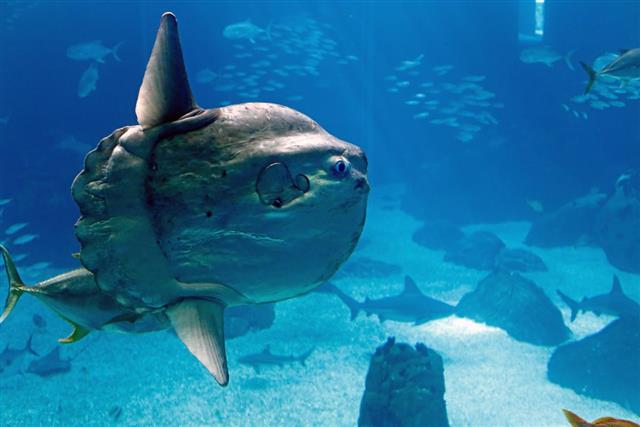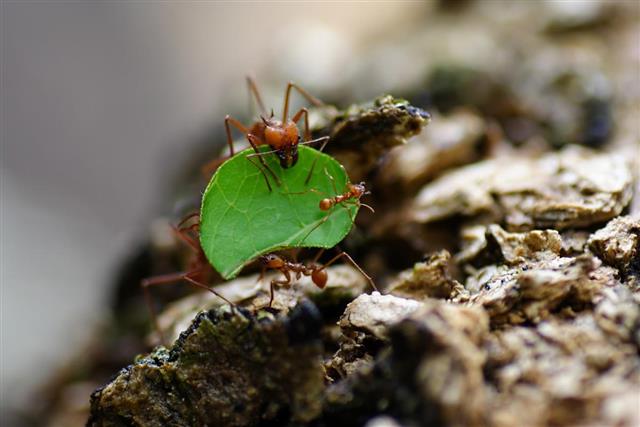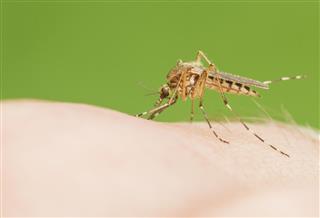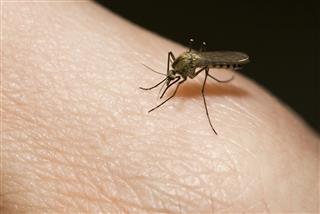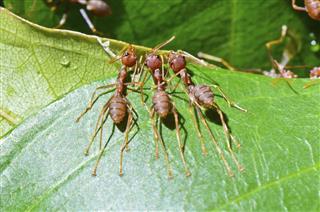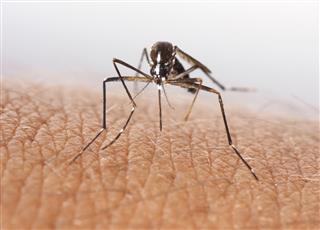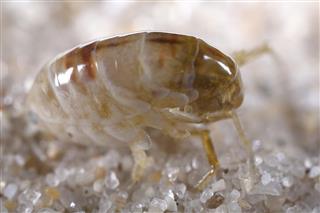
A compilation of some examples of parasitism which will help you get well-versed with the details about this symbiotic relationship between two organisms.
The number of lifeforms on our planet far exceeds the million mark, and each of these lifeforms interacts with others either directly or indirectly for the sake of survival. In ecology, any long-term interaction between two lifeforms, such that either of the two benefits from the other, is referred to as a ‘symbiotic relationship’. On the basis of how the organisms involved benefit, the relationship is classified into one of the three types of symbiotic relationships: mutualism, commensalism, and parasitism.
What is Parasitism?
It is a type of symbiotic relationship wherein one organism thrives at the cost of the other. The organism which benefits is known as the ‘parasite’, while the one which has to bear the brunt of the relationship is known as the ‘host’. Parasites are typically characterized by their relatively small size and tendency to reproduce faster compared to the host. They are further grouped into two categories.
- Ectoparasites, which live on the host organism’s body.
- Endoparasites, which live inside the host organism’s body.
In yet another classification, they are classified as …
- Macroparasites, which can be seen with the naked eye.
- Microparasites, which can’t be seen with the naked eye.
Examples
The phorid fly and the leaf-cutter ant
Leaf-cutter ants are ground-dwelling ants which cut leaves of trees using their sharp claws and use them to build their nests. The phorid fly, on the other hand, is a small fly which is more often seen running on some surface instead of flying around. When leaf-cutter ants are collecting leaves, a phorid fly attacks a worker ant and lay its eggs in the crevice on worker ant’s head. When the eggs hatch, its larvae burrows into the ant’s body and starts feeding on it from inside, eventually killing it. While the host organism doesn’t necessarily die in all the cases, it does suffer as a result of this relationship.
You must have also seen fungi species on tree trunks in the wild, or around your house for that matter. In this case, the fungi is parasite while the tree is the host organism. Other examples of parasitism in plants include hemi-parasitic species like mistletoe, yellow rattle, etc., which grow on various parts of trees and shrubs.
Ocean sunfish and its numerous parasites
Parasitism is also quite common in the marine biome, wherein each species of fish is believed to have as many as four parasites thriving on it. The ocean sunfish (Mola mola), for instance, plays host to as many as 40 parasitic species dwelling in the ocean, including flatworms, roundworms, sea lice, shark tapeworm, etc. While some of these parasites are found on its body, others reside within it. The sunfish has a unique adaptation to deal with the situation, wherein it comes to the ocean surface and lies on one side, thus allowing various birds to feed on parasites.
Not just animals, but even humans are vulnerable to parasites. Those parasites which infest fish, have the ability to make it to the human body through sea food. At times, you may not even realize that some parasitic species has entered your body, until its adverse effects start surfacing. Chances of an individual not noticing infestation are somewhat rare, as most of these parasites are harmful for humans.
